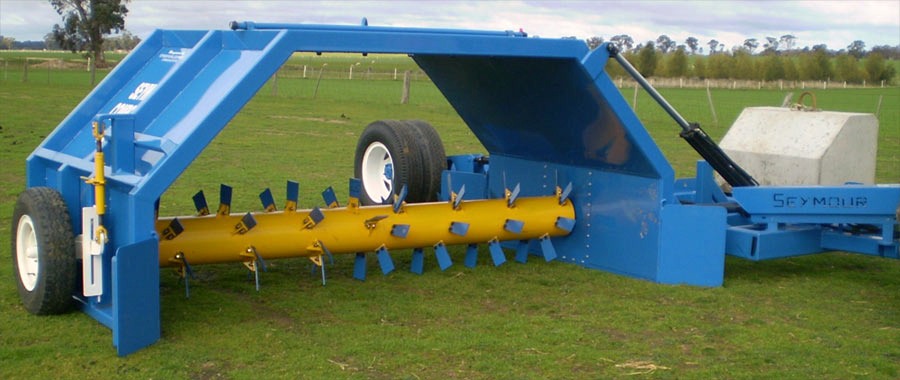Without oxygen, the aerobic microorganisms responsible for composting cannot survive and grow. ‘Aerobic’ means living or occurring in the presence of oxygen. For this reason, we often use the term ‘aerobic thermophilic composting’ to describe the fundamental elements of the process.
When microorganisms feed on the carbon component of organic materials for their energy, oxygen is used up and carbon dioxide is produced. The oxygen concentration in air is about 21%, but considerably lower in composting materials. The oxygen level is governed by microbiological activity and the efficiency of the aeration system. Ideally, oxygen concentrations of about 10–14% are needed for optimum composting conditions.
Aerobic microorganisms cannot function effectively at concentrations below about 5% in compost. Under anaerobic conditions (i.e. at or close to 0% oxygen), composting processes release methane, a highly odorous compound and potent greenhouse gas.
In a compost matrix, water and air are both held in the pore spaces between compost particles. Good compost porosity strikes the right balance between water content (around 50%, i.e. 50g water plus 50g dry matter) and air content (>10%). Because this is difficult to achieve in the early stages of poultry mortality composting, compensatory measures need to be taken, as we shall see later.
In most composting systems, the compost is turned with either front-end loader or a specialised windrow turner (Figure 2) to provide aeration. Another reason for turning compost is to move the outside portions of the pile into the middle to ensure exposure of all materials to the conditions necessary to eliminate pathogens and weed seeds.

In poultry mortality composting, biosecurity considerations override the usual practice of frequent turning until after most soft tissue has decomposed. As microbiological activity and, hence, oxygen demand diminish towards the end of the composting process, so does the need for turning.
Other aeration mechanisms include forced aeration that delivers air with a fan. A feature of high-technology systems, forced aeration is not usually viable in on-farm composting operations.

